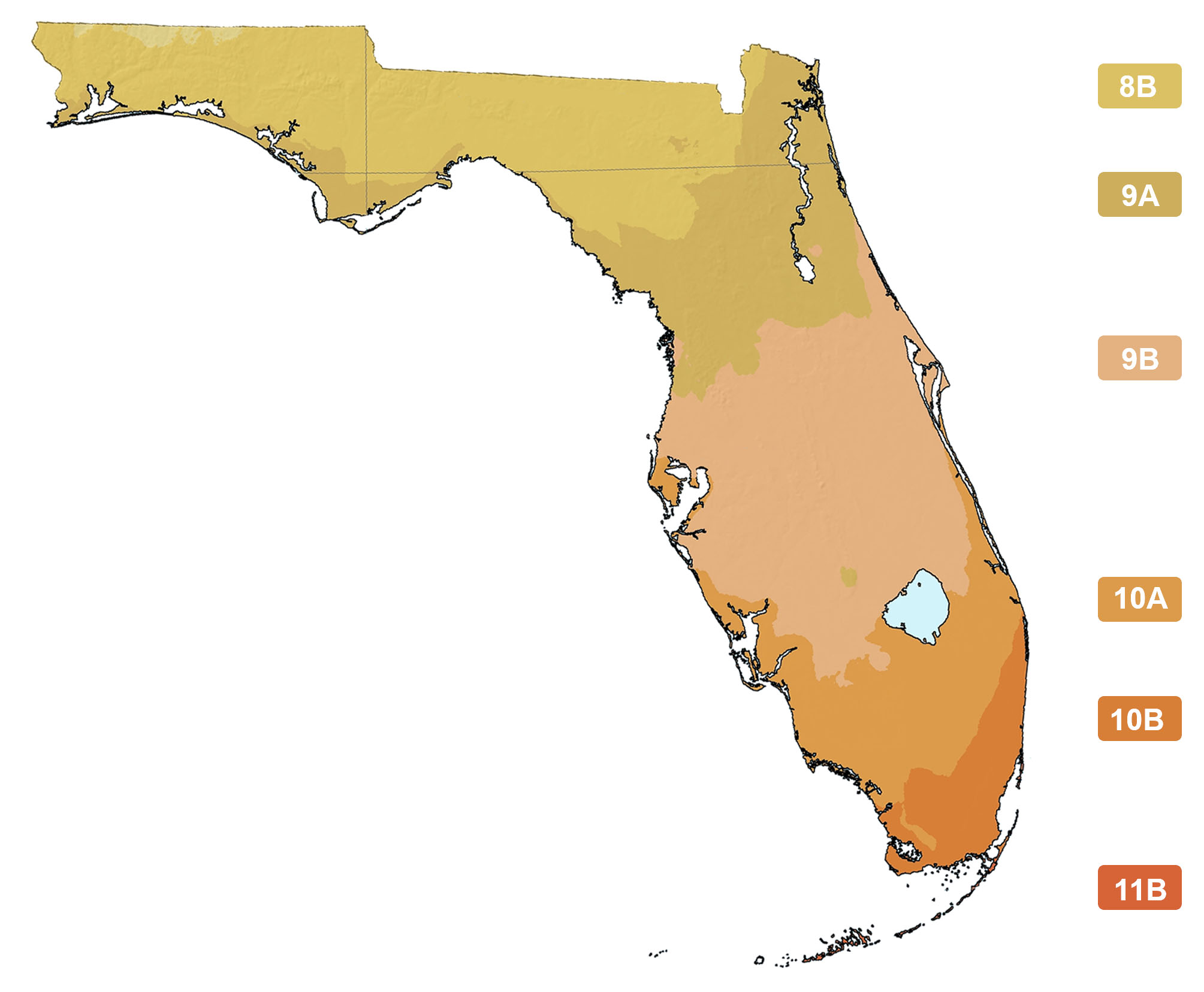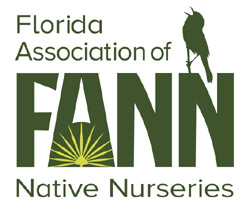Crataegus aestivalis
Photographs belong to the photographers who allow use for FNPS purposes only. Please contact the photographer for all other uses.
May Haw, Apple Haw
Rosaceae
Plant Specifics
| Form: | Tree | |
| Size: | 25-30 ft tall by 35-40 ft wide | |
| Life Span: | Long-lived perennial | |
| Flower Color: | White | |
| Fruit Color: | Red | |
| Phenology: | Deciduous | |
| Noted for: | Showy flowers |
Landscaping
| Recommended Uses: | Specimen plant or wildlife planting for moist areas. Screen plant. Suggested by IFAS as a median planting or buffer planting for roadways. | ||||||||||||||||||||||||||||||||||||||||||
| Propagation: | Seed. Sow fresh but may require a year or more to sprout. | ||||||||||||||||||||||||||||||||||||||||||
| Availability: | Native nurseries, Seed | ||||||||||||||||||||||||||||||||||||||||||
| Light: | Full Sun, Part Shade | ||||||||||||||||||||||||||||||||||||||||||
| Moisture Tolerance: |
always floodedextremely dry |
||||||||||||||||||||||||||||||||||||||||||
| (Stays Wet ----- to ----- Not wet but not extremely dry) | |||||||||||||||||||||||||||||||||||||||||||
| Moisture Tolerance: | Stays Wet ----- to ----- Not wet but not extremely dry | ||||||||||||||||||||||||||||||||||||||||||
| Salt Water Flooding Tolerance: | Not salt tolerant of inundation by salty or brackish water. | ||||||||||||||||||||||||||||||||||||||||||
| Salt Spray/ Salty Soil Tolerance: | Low/no tolerance of salty wind or direct salt spray | ||||||||||||||||||||||||||||||||||||||||||
| Soil or other substrate: | Clay, Loam, Sand | ||||||||||||||||||||||||||||||||||||||||||
| Soil pH: | Adaptable | ||||||||||||||||||||||||||||||||||||||||||
Ecology
| Wildlife: |
Apparently less interesting as a wildlife food tree than some other haws. | |
| Insects: | Larval food for hummingbird clearwing (Hemaris thysbe)and blinded sphinx (Paonias excaecata). Attracts pollinators, especially important for native bees. | |
| Native Habitats: | In and near pools and small ponds, floodplains, swamps, especially where water stands much of the time. |
Distribution and Planting Zones
Natural Range in Florida
USDA Zones
Suitable to grow in:
8A 8B 9A 9B

USDA zones are based on minimum winter temperatures
Comments
| General Comments: | The various sources have conflicting opinions on the fruit and its uses. |



